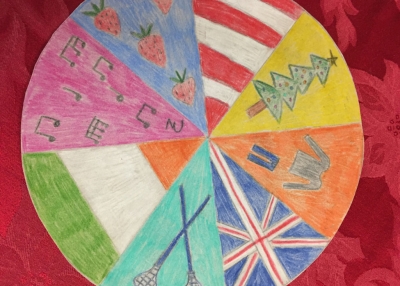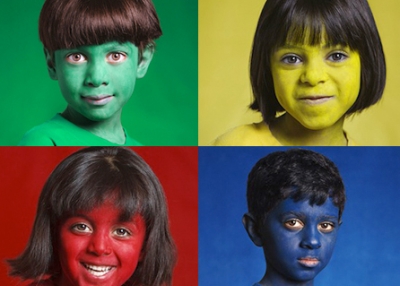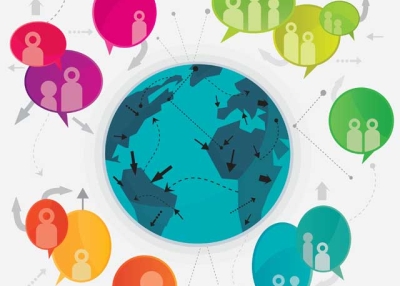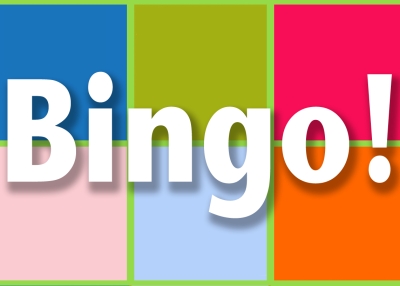Water is Life
A Lesson About Water Security
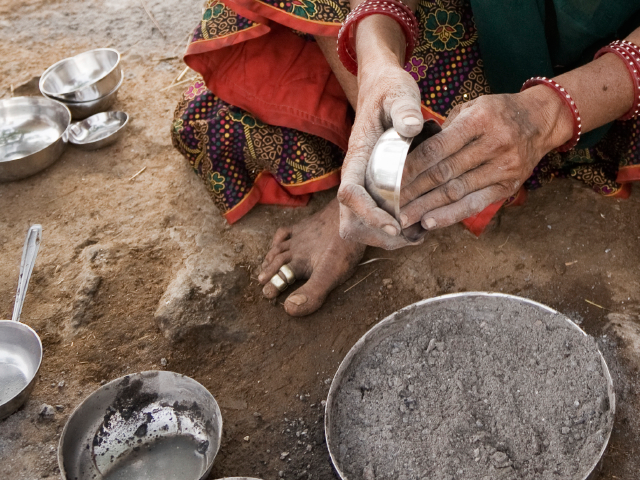
Description
The global demand for freshwater is soaring as supply is becoming more uncertain. Today, more than one billion people do not have adequate access to safe water. That’s one in six humans on earth. The United Nations projects that by the year 2025, half of the countries worldwide will face water stress or shortages. By 2050, as many as three out of four people around the globe could be affected by water scarcity. (Asia's Next Challenge: Securing the Region's Water Future, 2009, Asia Society)
This lesson is a series of formative tasks that help students understand water security issues. The formative tasks provide a foundation for students to conduct their own research and action project.
Subject
Social studies, although there are math, art, and digital production options that make this a good interdisciplinary unit.
Time Required
Modular tasks mean that this can take as few as one class period, or up to a three-week multifaceted investigation.
Materials Required
See activities sheet (PDF) for specific requirements for formative tasks.
Objectives/Skills
- Research using internet, periodicals and essays
- Compiling and analyzing information from a variety of sources
- Weighing different perspectives through small group work and discussion
- Presentation and public speaking
- Use strategies to comprehend, interpret, evaluate, estimate and appreciate information gathered
- Use information gathered to reach a conclusion regarding controversial topic and use information gathered to support or enhance a research project.
Assessment
- Presentations
- Small group work
- Research and note taking
- Project plan development focusing on conservation, sustainability and/or policy change
Procedure
Part one: formative tasks
Define what water security is: the ability to ensure people have access to drinking water. Without it, people die. Water security is one of the most pressing challenges of the 21st century. Americans live, on average, on 82 gallons of water per day, but in most parts of the world, the average is between four and eight gallons of water.
See the activity sheet for a series of formative tasks to help students understand how little water there is, and what shortages mean around the world. The activities are modular; select the ones that best suit your objectives and the amount of time you have. Note that the activities are multidisciplinary, and can be covered in math or physical education classes.
Part two: action project
-
Break the class into three groups. Assign each group one of the topics to research:
- Water-borne illnesses are a big killer
- One-third of world today do not have enough water
- In 25 years, half the world will not have sufficient water
- Students should use the Internet to gather and verify information on their assigned topics. Encourage students to look beyond standard English-language search engines by searching publications or Internet root directories from other countries.
- Instruct each group to create outlines to define what the issues and provide a plan to overcome challenges. For instance, students might focus on water conservation, changing government water policies, or other sustainable solutions.
- Students should make a presentation, and be prepared to answer questions or defend arguments from classmates.
- Extension: based on their recommendations, how can students share their ideas with the greater world? They may consider a letter/essay campaign or a short video that conveys their plan of action and steps toward a sustainable solution.
